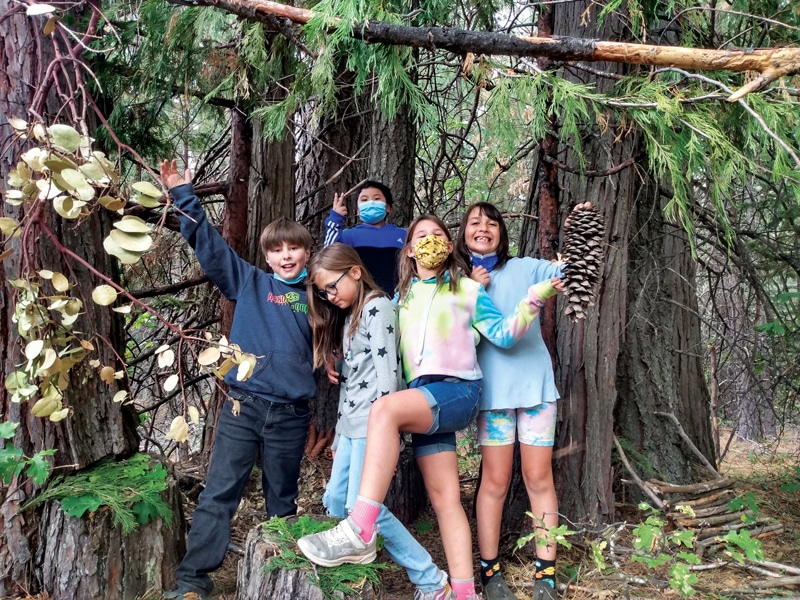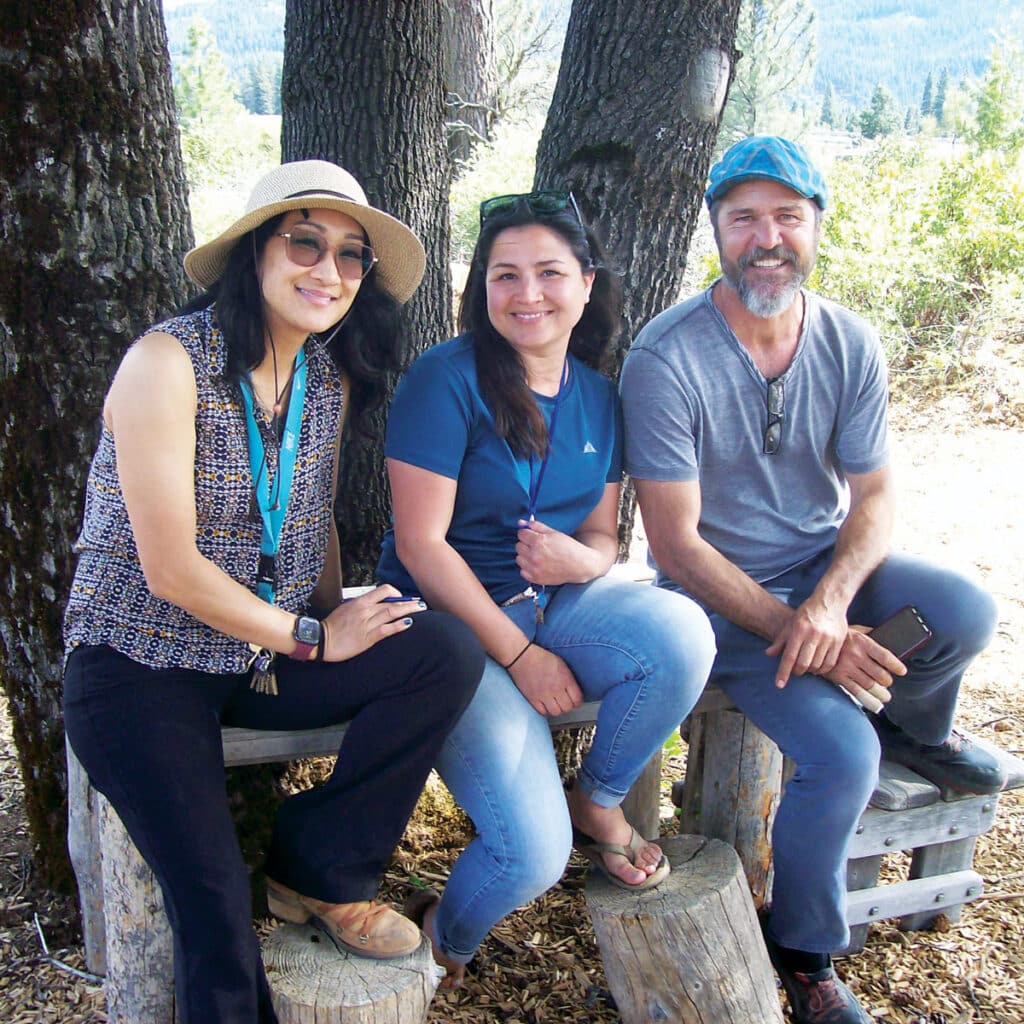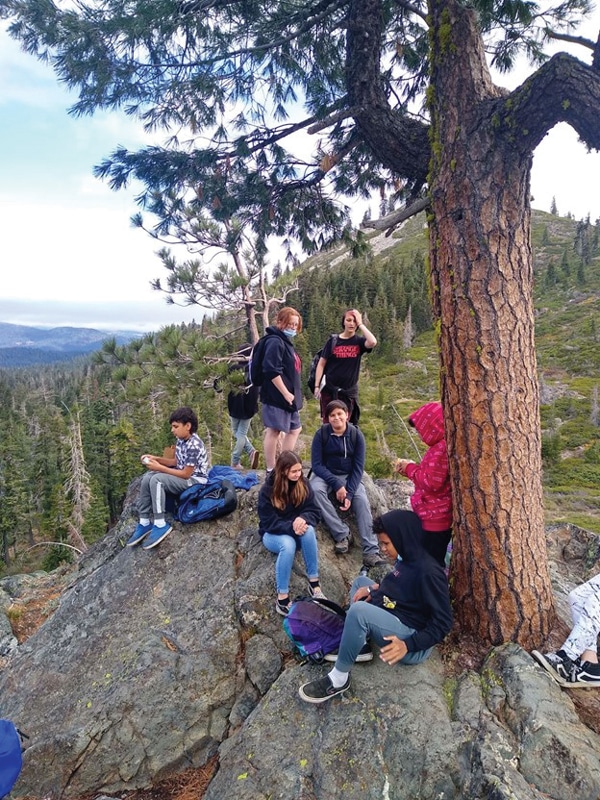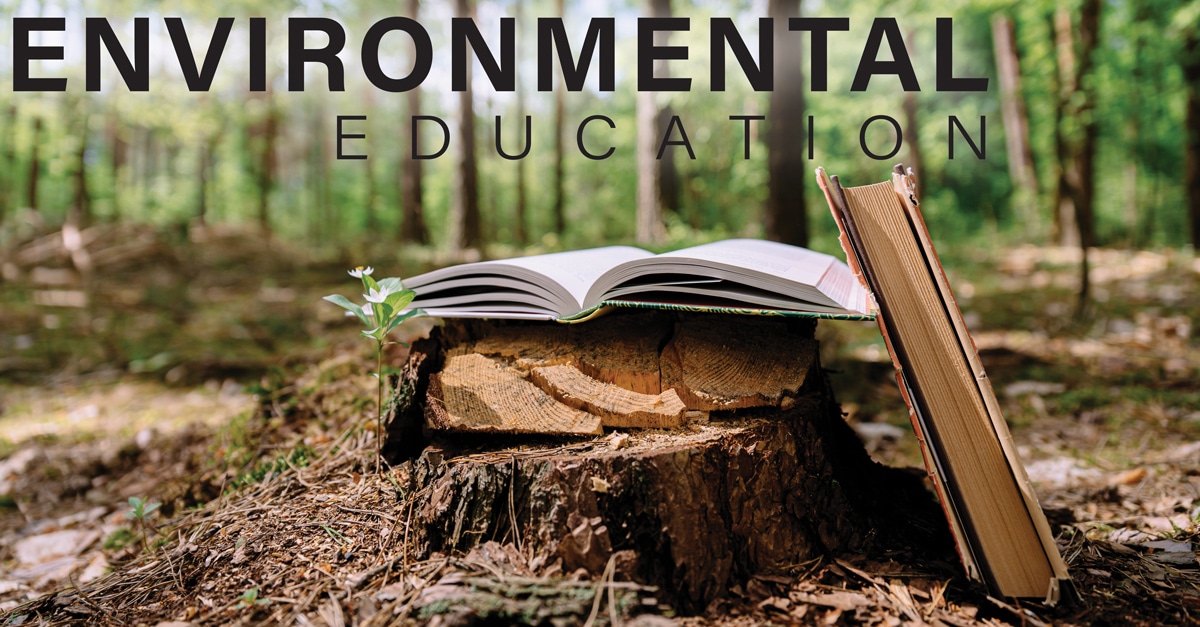Environmental Education
When Learning Comes Naturally…
Students at Dunsmuir Elementary School sometimes take detours from the normal classroom experience. For example, they might pretend they’re banana peels headed for the compost pile in the school’s environmental play. Or they can hike up a hillside to the school’s outdoor classroom and dig up a Tyrannosaurus rex fossil from a sand pit, or watch worms digging through the earth in a nearby terrarium.
Or they might go on a field trip down to the Sacramento River to test its waters for purity, temperatures and oxygen levels.

These activities can be a lot of fun for the kids, but there’s a serious message here, says the school’s environmental education specialist, Kathleen Shirley: “They’re learning about the natural environment, and at the same time getting the message that this is the world they’re inheriting, and that it’s going to be up to them to make it better.”
That message comes through loud and clear in the play with the banana peels. Staged last spring, it uses a series of colorful characters to promote the environmentally friendly practices of composting, recycling, water conservation and bicycling.

At the beginning of the school year each student is given a reusable water bottle as a practical lesson in reducing the use of disposable plastic bottles. To reinforce the lesson, Shirley tells them about the horrors of the Great Pacific Garbage Patch and the tiny pieces of plastic embedded in marine life.
Schools up in Siskiyou County have an advantage over those in the city. They’ve got a nature classroom right in their backyards. Students at the Golden Eagle Charter School in Mount Shasta hiked the trail above the school and found the nest of a great horned owl. With the help of their teacher, Michael Kielich, they examined its droppings to find out what the owl eats, in the form of skeletons of small birds and rodents. They hiked up the southeastern slope of Mount Shasta to see the mud flows, the result of glacial melting near the summit. And they studied geologic time through layers of rock exposed at the north shore of Lake Siskiyou.

For the fourth- through eighth-graders at Sisson School in Mount Shasta, nature is literally right next door, in Sisson Meadows, where within a few hundred yards of the school, along its trails, they can observe the American goldfinch with its bright yellow coloring, the orange-breasted spotted towhee and native plants like the white flowered bog orchid towering over the meadow grass. In their treks through the meadows, the students also help weed out non-native plants.
Christian Birch, an environmental education specialist with the Siskiyou County Office of Education, takes students from 15 different schools on nature hikes through the region. One of them follows a loping trail along the Sacramento River near Castle Crags, where they learn about riparian vegetation and find salamanders on a tributary creek. They make their own boats out of bark, twigs and leaves and float them down the river.

Dunsmuir Elementary teacher Rami White notes that being in the outdoors offers emotional benefits for her students. When they hike up from their indoor classroom to the school’s outdoor classroom, they find themselves surrounded by trees and hear the wind sweeping through them. There’s a noticeable calming effect, she says, as they relax and enjoy the outdoor environment.
Along the same lines, Kielich feels it’s those quiet times out in nature that provide the real learning experience, the chance for students to quietly absorb the lessons nature has to offer as they hike on a trail or sit by a mountain lake. It’s those kinds of experiences, those quiet times in the outdoors, that give his students “an understanding of nature that gets right into their bones.” •




